JRDG Company Special – Model 3
1987-1991
Retail Price unknown
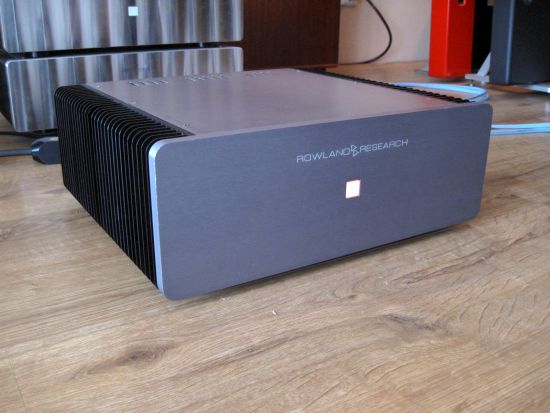
You could say that the model 3’s are smaller versions of the model 7’s but that’s probably not entirely true as the design has been overhauled completely. Power in watts is not incredibly high (100/200 watts in 8/4 ohms) but there is 30 amperes available at all times and 80 amps peak. Also, the mere fact that the power output doubles into 4 ohm is a sign of a big, healthy power supply. The 3’s run warm (not hot) but are not class A, rather a high-biased class A/B.
Model 3 and Model 6 bi-amping experiment
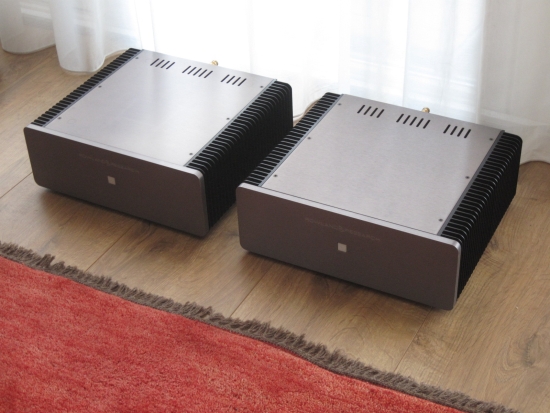
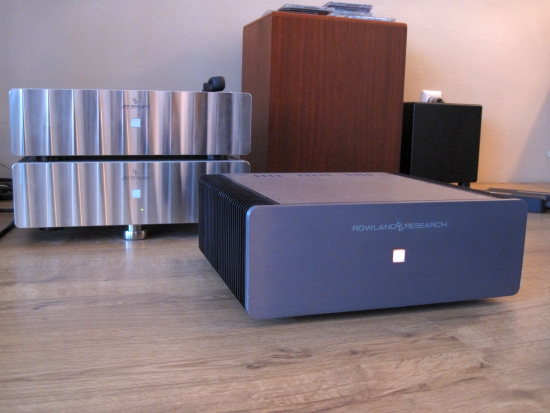
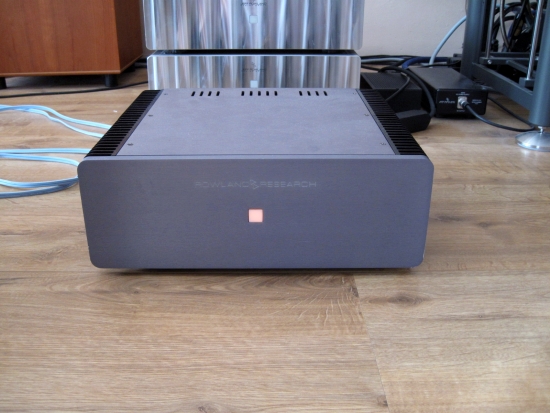
These model 3’s have been on visit in my setup for a few weeks. They are full, relaxed and sonorous sounding amps but compared to model sixes they are a bit slow and don’t have very good resolution or treble extension.
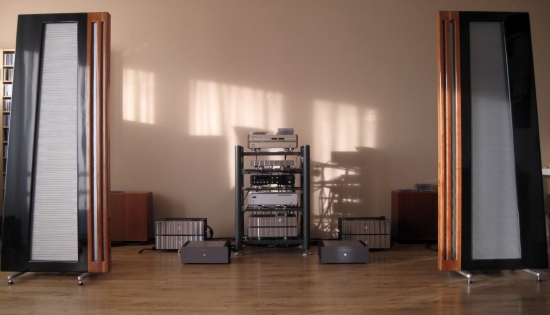
I also conducted a bi-amping experiment but used an active crossover that was for the Apogee Full range instead of the Divas. Needless to say that this was a mismatch to begin with but the interesting thing that I took away from this was that I did not feel that the sound was any more powerful with 4 amps than it was with just the two model sixes, or the model 3’s for that matter.
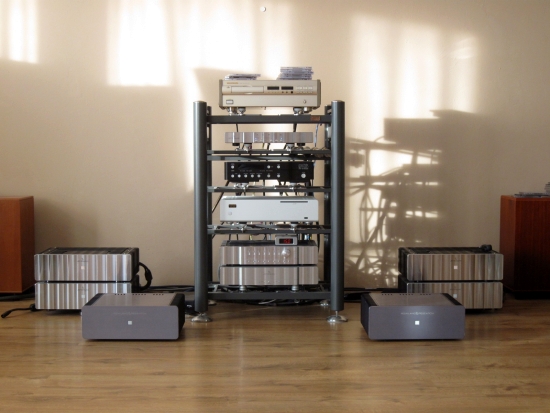
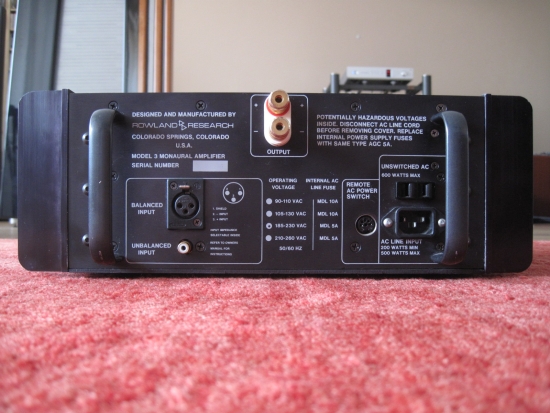
These model 3’s had WBT speaker binding posts, which is a strange choice for a USA based manufacturer, especially one that is friends with George Cardas. Although neatly soldered, these are most likely retrofitted as an upgrade, possibly by a European distributor.
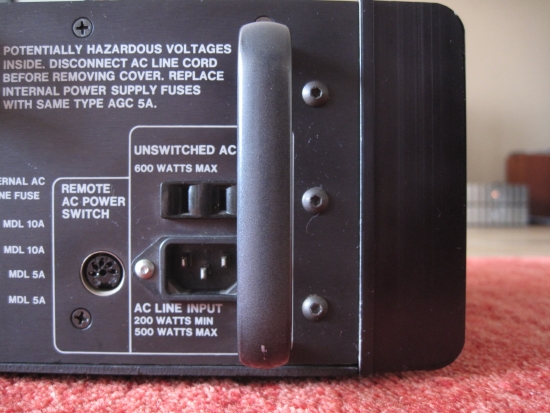
Rear side: note the position of the IEC inlet, right next to the handle bar. Due to this arrangement it is impossible to us larger high grade IEC connectors.
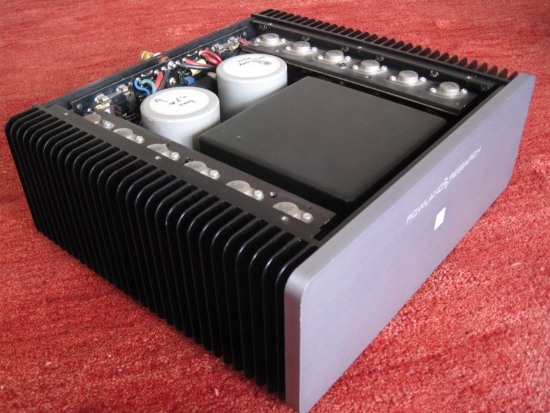
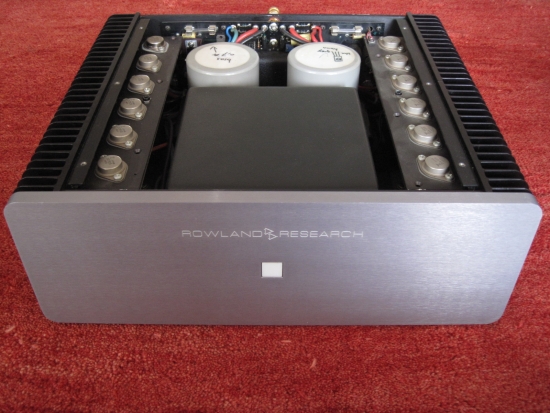
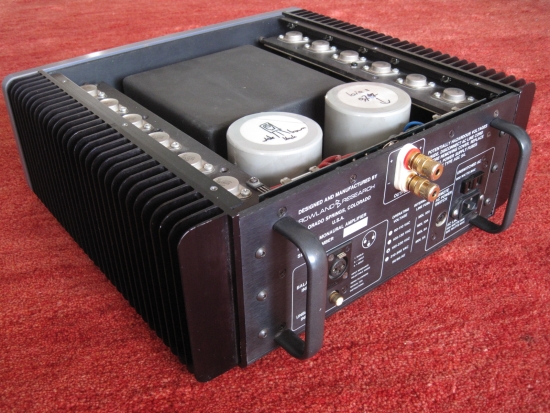
This model 3 apparently has had surgery at one point in time. Both amps performed fine, but the capacitors seem to be original, and may well be in need of replacement. With that in mind, my comments about these amps sounding somewhat slow may not apply to properly refurbished models.
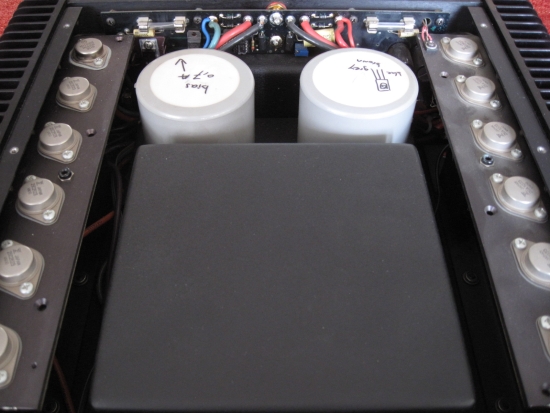
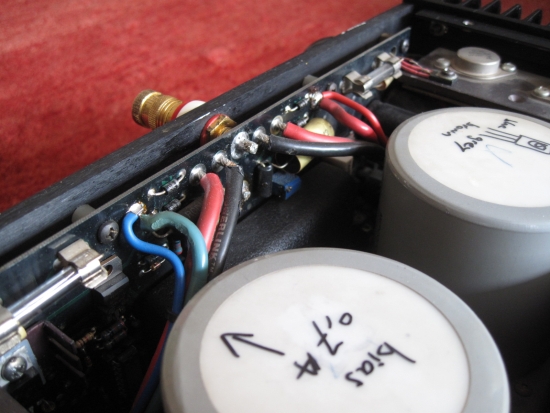
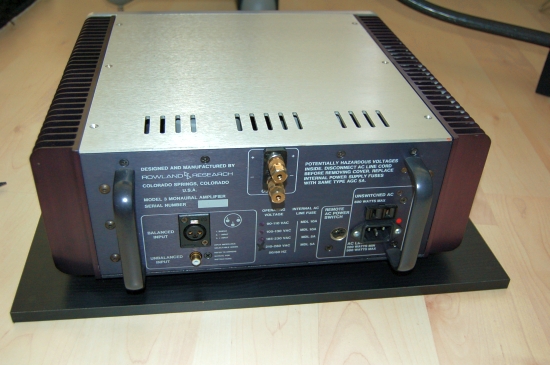
Above and below: a model 3 with Cardas (jay!) binding posts but I doubt that these were standard. More likely simpler, plastic versions were fitted at the factory and these were retrofitted.
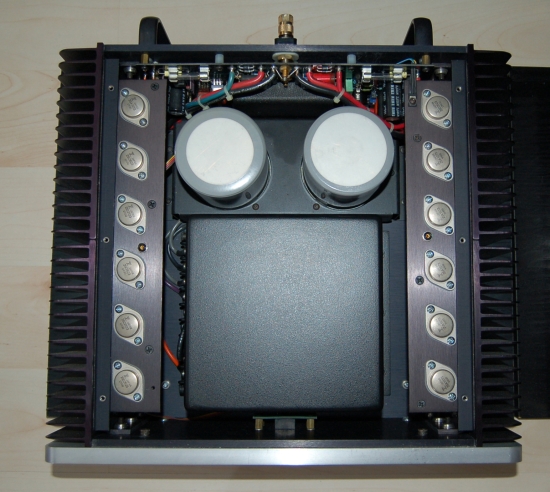
Model 3 Features
Lack of overall or nested negative feedback eliminates time domain distortion.
Proprietary distortion canceling techniques minimize amplitude related distortions.
Each transistor individually tested and matched for optimum operating characteristics.
Constant output impedance is maintained over the entire audio range, allowing for universal compatibility with associated equipment.
The large number of high-speed bipolar output transistors provides uncompromising reliability and eliminates the need for electronic protection circuitry.
A single voltage amplification stage utilizes field effect transistors (operating in transconductance mode), which increases low-level signal recognition.
The absence of capacitors, inductors, fuses and protection circuitry throughout the signal path eliminates the adverse effects of these devices.
A specially designed toroidal power transformer is supported by the substantial output stage capability.
All critical circuitry is encapsulated in a thermally-conductive epoxy to ensure excellent thermal stability, mechanical integrity and to facilitate ease of service.
Model 3 Technical Specifications
Output power
100 watts RMS continuous, 8 ohms
200 watts RMS continuous, 4 ohms
320 watts RMS continuous, 2 ohms
Power Bandwidth
0.15 Hz to 175 kHz, -3 dB
Slew Rate
45 volts per microsecond
THD and Noise
Less than .03%, 1 kHz, 8 ohms, 20 watts
Less than .08%, 1 kHz, 8 ohms, 100 watts
Damping Factor
Greater than 120, 20 Hz to 20 kHz, 8 ohms
Greater than 80, 100 kHz, 8 ohms
Output Current
32 amps peak, continuous
80 amps peak, 0.1 ohm, 20 msec, 1 kHz
Overall Gain
Selectable: 20, 26, 29.5, 32 dB
Sensitivity
136 mV, 1 watt, 8 ohms
Input Impedance
Selectable: 100k, 20k, 600 ohms
Power Requirements
100V-240V
Dimensions
19 in. W x 8.75 in. H x 24 in. D
More Jeff Rowland
Jeff Rowland Company Special Main Page
Jeff Rowland Company Special Power Amplifiers
Bi-amping experiment using Model 3 and Model 6
Hi,
My pair of Model 3s have plastic binding posts. Also, I watched Mr Rowland bias the amps and he didn’t use .7A (as written on one of the caps in the pictures above). That seems surprisingly high!
I suspect that the plastic connectors that you have are standard and that both the WBT and Cardas ones in my photos were later upgrades, probably done by the owners. I have no info on the history of the pair in the photos that I listened to but they worked well and actually got less hot than I recall the Model 1 did. Can you share what the bias for the Model 3 should be?
Christian, I can’s see in the pics but what are the numbers on the output pairs?
As well as the specs on the large caps?
Thanks,
Mark
Hi Mark, The source images are not high-res enough to read the text on the transistors and the text on the caps might not be correct or even apply to the Model 3.
Thanks for you response, the evaluation and description of the amp is highly insightful.
As a 50 year audiophile, builder, seller and retailer, I will follow your site and continue to review your evaluations and discussions.
Sincerely,
Mark A. Mancinelli
Musical Designs / Alien Engineering
Thank you, Mark!